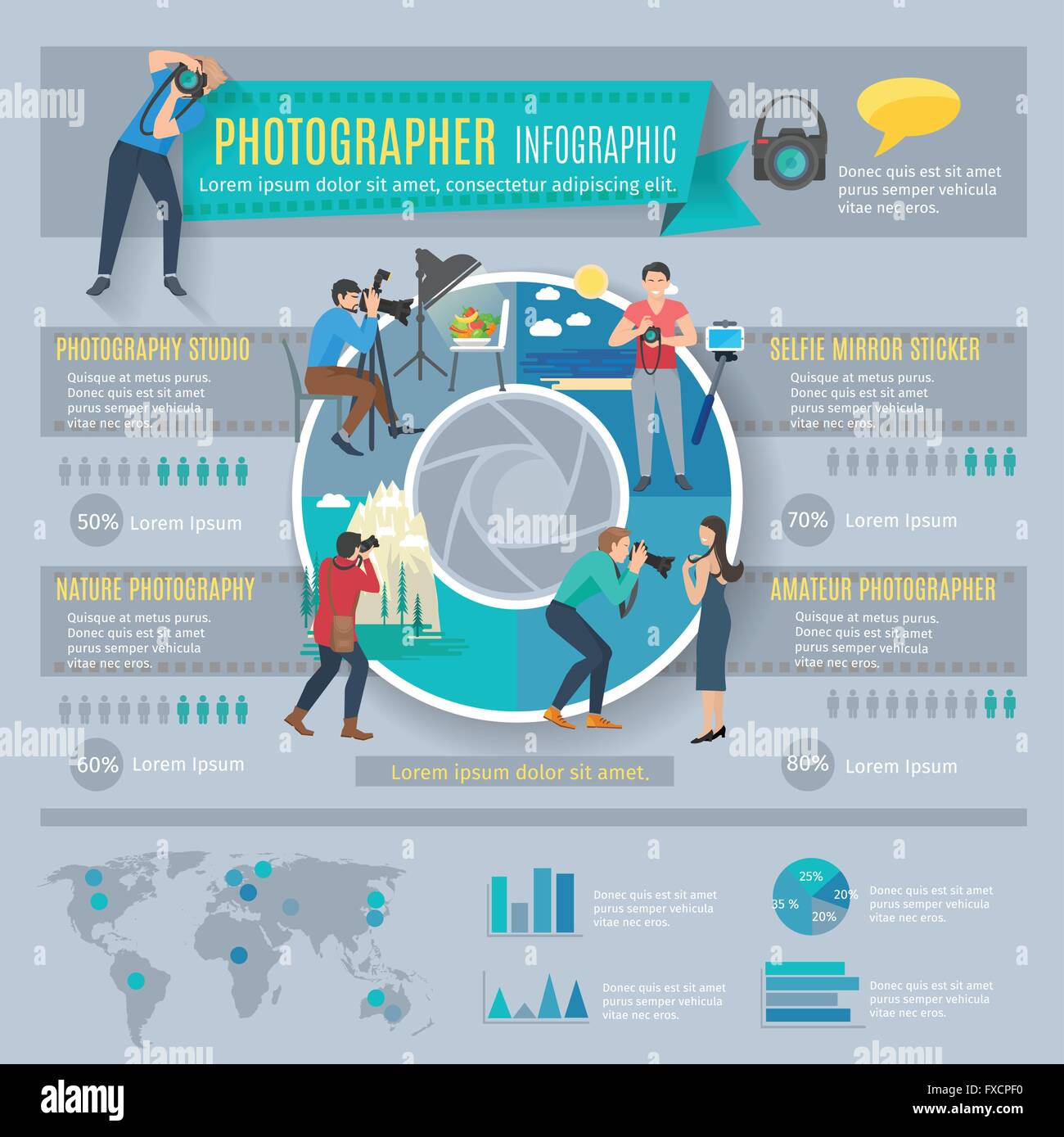Change Your Photography By Understanding Illumination Techniques That Can Raise Your Photos-- Discover The Typical Pitfalls That Could Be Holding You Back
Change Your Photography By Understanding Illumination Techniques That Can Raise Your Photos-- Discover The Typical Pitfalls That Could Be Holding You Back
Blog Article
Authored By-Beck Olsson
As a photographer, you recognize that illumination can make or break your pictures. Recognizing the subtleties of both all-natural and artificial light is vital for recording the state of mind and clarity you go for in your job. Whether you're chasing the ideal golden hour glow or adjust your man-made arrangements, mastering these elements can boost your photography considerably. But there are common mistakes that numerous overlook, and identifying them can transform your method to every shoot. Let's discover what you might be missing and just how it can influence your results.
Comprehending All-natural Light
Recognizing natural light is critical for any kind of photographer looking to boost their job. It's the structure of excellent digital photography, influencing state of mind, tone, and quality. When you fire outdoors, take note of the time of day. The gold hour-- shortly after daybreak and prior to sundown-- uses soft, warm light that can transform normal scenes right into spectacular images.
Do not undervalue the power of cloudy days. Suggested Webpage diffuses sunshine, creating a soft, also light that's ideal for pictures and macro digital photography. You'll find colors pop in this type of lights without harsh shadows.
Positioning issues, also. Constantly consider your topic's alignment to the light. If the sunlight's behind your topic, you might end up with a shape, which can be dramatic however mightn't be what you want. Alternatively, straight sunlight can develop uncomplimentary shadows.
Try out angles; in some cases, changing your perspective can generate incredible outcomes. Usage all-natural reflectors, like water or sand, to bounce light onto your topic, adding dimension.
Mastering Artificial Light
Mastering man-made light is essential for digital photographers that wish to take their skills to the next degree. Whether you're utilizing speedlights, workshop strobes, or continual lights, recognizing just how to control these resources can considerably enhance your images.
Start by acquainting on your own with the essentials of light top quality, instructions, and color temperature level. Experiment with various modifiers like softboxes, umbrellas, or grids to control the softness or cruelty of the light.
You'll locate that soft light frequently produces flattering results, while harsher light can add drama and depth. Don't shy away from shadows; they can boost the three-dimensionality of your topics.
Pay attention to the placement of your lights. A light located as well near to your subject can create uncomplimentary outcomes, while too far away can cause an absence of information. Make use of a light meter or your video camera's pie chart to guarantee you're subjecting properly.
Finally, bear in mind that artificial light can be mixed with ambient light for innovative impacts. Stabilizing these sources may take practice, but once you grasp it, your photography will truly beam.
Methods for Different Situations
When you step into various shooting scenarios, adjusting your illumination techniques is important for capturing the very best pictures. For outdoor portraits, utilize the golden hour-- morning or late afternoon light-- to soften shadows and boost skin tones.
If https://www.cnn.com/style/article/studio-54-brooklyn-museum-night-magic-dustin-pittman/index.html 's a severe midday sun, think about making use of a reflector to bounce light back onto your subject or look for shaded areas for an extra even exposure.
In low-light scenarios, like interior occasions, raise your ISO and make use of a broad aperture to allow in even more light. A tripod can aid get rid of video camera shake, allowing for longer exposures without obscuring.
If you're shooting at night, explore off-camera flash to create dynamic lights and depth in your photos.
For item digital photography, utilize diffused illumination to avoid extreme representations. Softboxes or light tents can help attain this impact.
When photographing landscapes, take into consideration the direction of light and time of day, as it can substantially alter the state of mind of your shot.
Always be ready to change your settings and placing based upon the circumstance, as adaptability is key to understanding illumination in digital photography.
Final thought
To conclude, mastering lighting is crucial to raising your photography skills. Accept natural light's beauty throughout gold hour, and don't shy away from trying out artificial light methods. By adapting your strategy to various situations, you'll catch sensational photos that reverberate with emotion and clarity. Remember, the appropriate lights can transform a regular shot into something phenomenal, so maintain practicing and improving your understanding of both all-natural and synthetic light. Pleased shooting!
